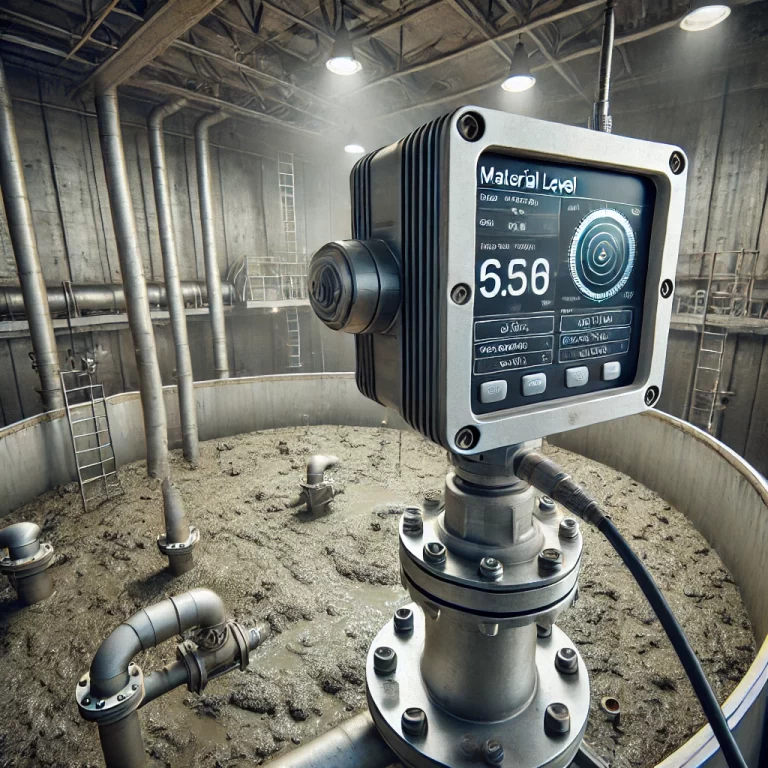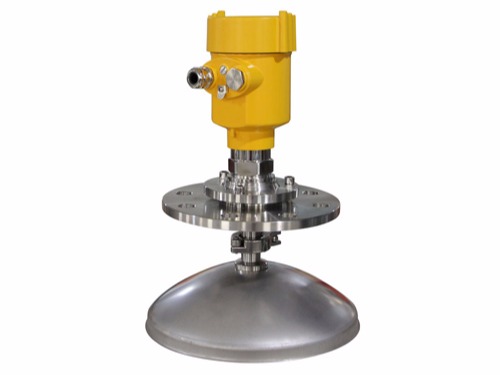The radar level meter, with its unique measurement technology, provides a “keen eye” for monitoring the material in the mud tank. This technology utilizes precise electromagnetic wave reflection principles, making the measurement process not only efficient and accurate but also greatly enhancing safety and reliability.

In a large mud tank, where various materials are piled high, how can one quickly and accurately grasp the internal structure to ensure production continuity and safety? This is where the radar level meter quietly enters our view. Like a wise master of Zen, it stands silently outside the mud tank, seeing through layers of fog to perceive everything. Without direct contact with the materials, it harnesses the magical power of radio waves to capture every subtle change on the surface. This non-contact measurement method not only avoids contamination and damage to the materials but also ensures the purity and accuracy of the measurement results.
Key Features of Mud Tank Level Measurement:
- Diverse Materials in the Mud Tank: The tank contains a wide variety of materials, including slurry and sludge, and the environment is complex, with fluctuating temperatures, high humidity, and corrosive gases. Therefore, equipment used for measuring mud tank levels must have a high degree of adaptability, capable of operating stably in harsh conditions.
- Precision Requirements: Since the materials in the mud tank are often part of critical processes or safety controls, there is a stringent demand for measurement accuracy. Even minor errors could result in production interruptions or safety incidents.
- Non-Contact Measurement Technology: Given the unique properties of materials in the mud tank (such as viscosity and the tendency to form clumps) and the need to avoid contamination or damage, non-contact measurement technology is the preferred choice. This technology can indirectly measure material levels through physical phenomena such as electromagnetic waves or ultrasound.
To ensure continuity and safety in the production process, the mud tank level monitoring system needs to have real-time monitoring and feedback capabilities. This means the system can continuously track changes in material levels and, when necessary, alert operators or automatically adjust related equipment.
5. Due to the harsh environment in the mud tank, the measurement equipment requires regular maintenance and calibration to ensure accuracy and reliability. Therefore, ease of maintenance and calibration is another key feature of mud tank level measurement equipment.
6. With the development of IoT and AI technologies, modern mud tank level measurement systems are increasingly adopting intelligent and integrated design solutions. This not only enhances the automation level and data processing capabilities of the system but also enables seamless integration and collaboration with other production systems.

The radar level meter can also confidently handle the complex environment inside the mud tank. High temperatures, high pressure, and heavy dust—these extreme conditions that might seem impossible to coexist pose no challenge to it. This is due to its advanced hardware and software design, backed by strong scientific principles. In harsh environments, the radar level meter demonstrates even more outstanding performance.
Of course, no technology exists in isolation. In practical applications, the radar level meter must work in conjunction with other devices or systems, forming a solid defense line together. For example, when the material approaches a preset threshold, it can automatically trigger an alarm mechanism, alerting operators to take timely action. Or, on an automated production line, it can dynamically adjust the operating status of equipment based on real-time monitoring data, ensuring smooth production processes.
The applications of radar level meters extend far beyond this. From petrochemical and power energy sectors to food processing and environmental monitoring, you can find its presence in every corner where precise measurement and control are needed. It is not just a tool but a driving force behind industrial progress, a flag bearer leading future transformations.
